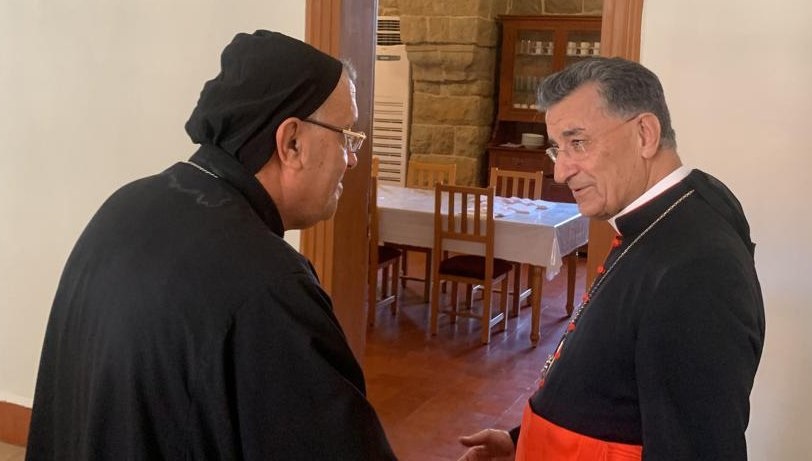
By Najia Houssari — arabnews.com — BEIRUT: The Lebanese Ministry of Environment launched a campaign on Sunday bearing the slogan “Clean up Your Country.” Municipalities, dozens of nongovernmental organizations and volunteers took part in the campaign that started from the Beirut waterfront. Environment Minister Nasser Yassin said: “It’s a message to prohibit throwing waste randomly. “It is also a way to affirm that the role of municipalities is crucial in cleaning up their cities, towns and forests, and to support them, in order to spread environmental awareness.” Dozens of young men, women and children gathered at the Beirut waterfront at 8 a.m., carrying bags and picking up the remains of glass bottles, papers, plastic bottles and tin cans, with their hands covered in protective gloves.
They also collected what had been left by passersby who had spent the night on the promenade, as well as trash thrown by people from their cars into the street and the sea. Yassin added: “Environmental awareness has decreased due to the ongoing chaos and the absence of deterrent measures. “Those who disregard the cleanliness of the recreational places they go to should be ashamed of themselves when they see young women and kids picking up their trash.”










